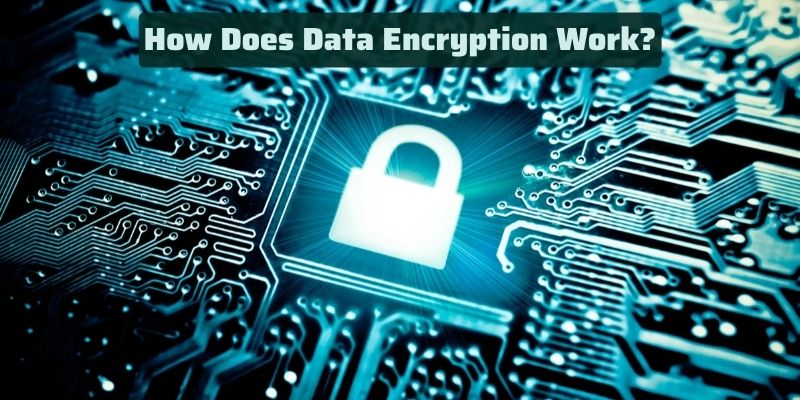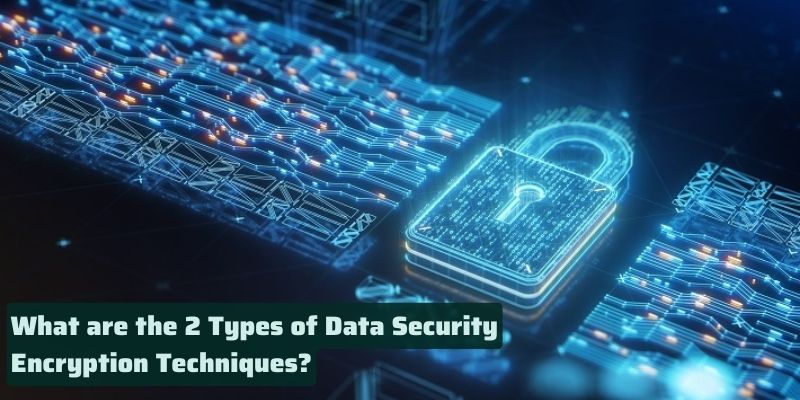Data security encryption techniques is a technique for securing information by encoding it so that only a person in possession of the right encryption key may decrypt it or access it. Unauthorized access to encrypted data causes it to appear scrambled or unintelligible.
Data encryption is the process of converting data from a readable format to a jumbled piece of information. To prevent snoopers from viewing private data in transit, this is done. Any form of network communication, including documents, files, messages, and messages themselves, can be encrypted.
The importance of encryption as a tool for maintaining the integrity of our data cannot be emphasized. Almost all websites and applications that tapchiai.net visit on the internet use some form of encryption.
According to renowned antivirus and endpoint security experts at Kaspersky, encryption is “the conversion of data from a readable format into an encoded format that can only be read or processed after it has been decrypted.”
They continue by saying that encryption is widely utilized by huge organizations, small businesses, and individual customers. It is regarded as the cornerstone of information security. It is the simplest and most important method of securing data transfer from endpoints to servers.
Every individual and organization that uses the internet should, at the absolute least, be familiar with and employ basic encryption techniques, given the increased risk of cybercrime in today’s world.
How Does Data Encryption Work?
The phrase “plaintext” or “cleartext” describes information that has to be encrypted. The plaintext must be transmitted using specific encryption techniques, which are essentially mathematical operations on unprocessed data. The applications and security indices of the various encryption techniques vary.

Along with the algorithms, an encryption key is also necessary. The plaintext is transformed into the encrypted data, sometimes referred to as ciphertext, using the specified key and an appropriate encryption technique. The recipient receives the ciphertext instead of the plaintext thanks to insecure communication connections.
The intended recipient can employ a decryption key to restore the ciphertext to its plaintext form after it has arrived at their location. This decryption key, which may or may not be the same as the key used to encrypt the communication, must always be kept a secret. To further understand this, let’s look at an illustration.
What are the 2 Types of Data Security Encryption Techniques?
There are various data encryption methods from which to pick. The majority of internet security (IS) experts categorize encryption into three separate processes: hashing, symmetric, and asymmetric. These are then subdivided into many categories. We’ll go over each one individually.

What is the Symmetric Encryption Method?
The sender and the receiver must both have access to the same key in order to use this technique, which is also known as private-key cryptography or a secret key algorithm. Therefore, before the message can be encrypted, the recipient must possess the key. Since there is less chance of a third party infiltration, closed systems are the ideal candidates for this technique.
Symmetric encryption is quicker than asymmetric encryption, which is a plus. On the downside, both parties must ensure that the key is safely stored and only accessible to the necessary software.
What is the Asymmetric Encryption Method?
This technique, also known as public-key cryptography, encrypts data using two keys—a public key and a private key—that are mathematically linked. It doesn’t matter which key you chose first; the user uses one for encryption and the other for decryption.
As the name suggests, everyone may access the public key, however the intended recipients are the only ones who have access to the private key, which they require to decode the messages. The “asymmetric” aspect stems from the fact that both keys are just pairs of huge numbers that aren’t identical but are coupled with one another.
Why Do We Need Data Encryption?

The following four justifications should help anyone who questions why businesses should employ encryption:
- Authentication: Public key encryption demonstrates that a website’s origin server is the rightful owner of the private key and as a result, received an SSL certificate in good faith. This is a vital feature in a world with so many scam websites.
- Privacy: Only the authorized recipient or data owner will be able to read messages or access data thanks to encryption. This security measure stops internet service providers, spammers, fraudsters, hackers, and even governmental organizations from accessing and reading personal data.
- Regulatory Compliance: Many sectors of the economy and government agencies have regulations in place requiring businesses that handle customers’ personal data to maintain that data encrypted. HIPAA, PCI-DSS, and the GDPR are a few examples of regulatory and compliance standards that require encryption.
- Security: Whether the data is at rest or in transit, encryption helps prevent data breaches. For instance, if a corporate-owned device’s hard disk is correctly encrypted, even if it is lost or stolen, the data on it will likely remain secure. Additionally, encryption enables parties to interact without worrying about data leaks and helps safeguard data from harmful actions like man-in-the-middle assaults.







